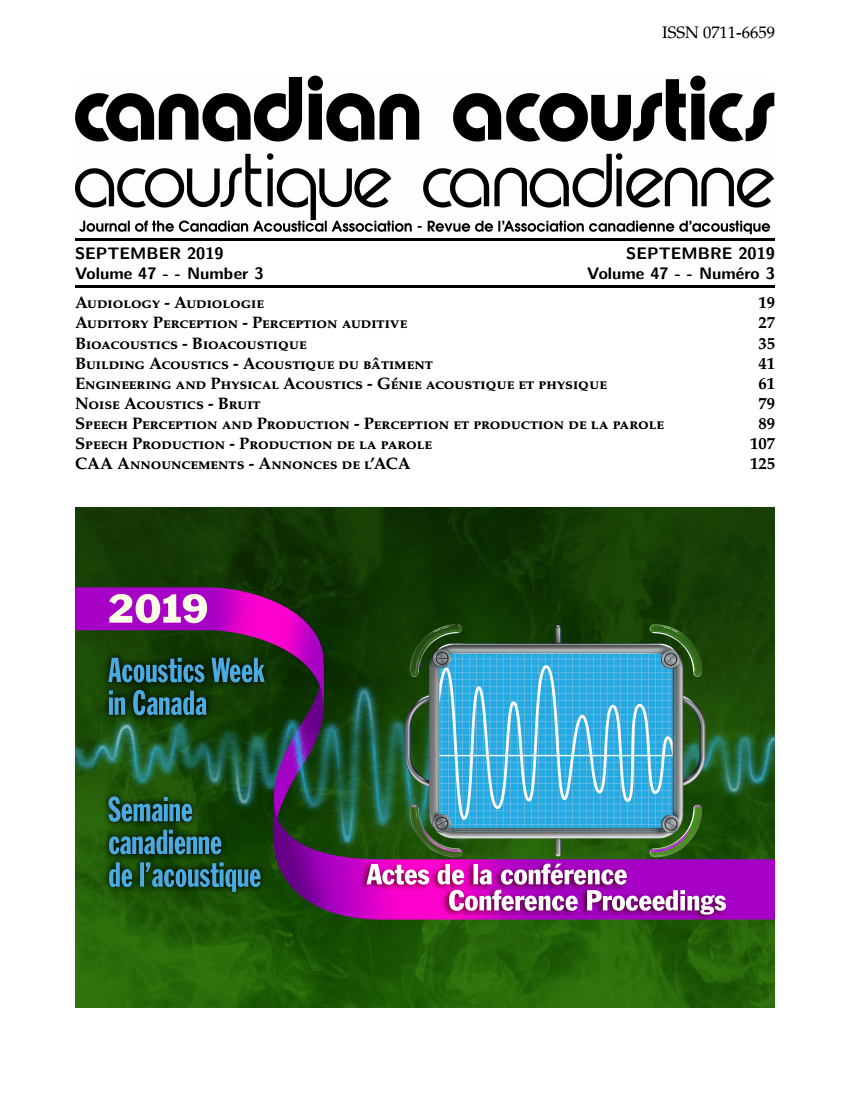Deaf Cultural Identification, Cochlear Implants, and Life Satisfaction
Keywords:
Deaf culture, Cochlear Implants, Life Satisfaction, DIDS, acculturationAbstract
Cultural identification within the Deaf community is a new field of research that looks at the differences in acculturation between deaf individuals. Glickman (1993) created a Deaf Identity Development Theory, which outlines that deaf individuals either identify with the hearing community, the deaf community (immersion), both communities (bicultural), or do not necessarily identify with either (marginal). Research has not looked directly at the effects cochlear implants (CI’s) have on the overall life satisfaction and well-being of these individuals and how the implants may create changes to their cultural identification. This study examined the link between cochlear implants, Deaf cultural identification and overall life satisfaction within the Deaf community and hypothesises that individuals with cochlear implants and strong culture identification will show significantly higher levels of overall life satisfaction than those who do not. A sample of deaf individuals ages 18 and older were given three measures: the Deaf Identity Development Scale (DIDS), the Deaf Acculturation Scale (DAS) and the Satisfaction with Life Scale (SWLS). The results found a significant correlation between life satisfaction and cultural identification, but no significant correlation between CI’s and life satisfaction or cultural identification.
Additional Files
Published
How to Cite
Issue
Section
License
Author Licensing Addendum
This Licensing Addendum ("Addendum") is entered into between the undersigned Author(s) and Canadian Acoustics journal published by the Canadian Acoustical Association (hereinafter referred to as the "Publisher"). The Author(s) and the Publisher agree as follows:
-
Retained Rights: The Author(s) retain(s) the following rights:
- The right to reproduce, distribute, and publicly display the Work on the Author's personal website or the website of the Author's institution.
- The right to use the Work in the Author's teaching activities and presentations.
- The right to include the Work in a compilation for the Author's personal use, not for sale.
-
Grant of License: The Author(s) grant(s) to the Publisher a worldwide exclusive license to publish, reproduce, distribute, and display the Work in Canadian Acoustics and any other formats and media deemed appropriate by the Publisher.
-
Attribution: The Publisher agrees to include proper attribution to the Author(s) in all publications and reproductions of the Work.
-
No Conflict: This Addendum is intended to be in harmony with, and not in conflict with, the terms and conditions of the original agreement entered into between the Author(s) and the Publisher.
-
Copyright Clause: Copyright on articles is held by the Author(s). The corresponding Author has the right to grant on behalf of all Authors and does grant on behalf of all Authors, a worldwide exclusive license to the Publisher and its licensees in perpetuity, in all forms, formats, and media (whether known now or created in the future), including but not limited to the rights to publish, reproduce, distribute, display, store, translate, create adaptations, reprints, include within collections, and create summaries, extracts, and/or abstracts of the Contribution.


